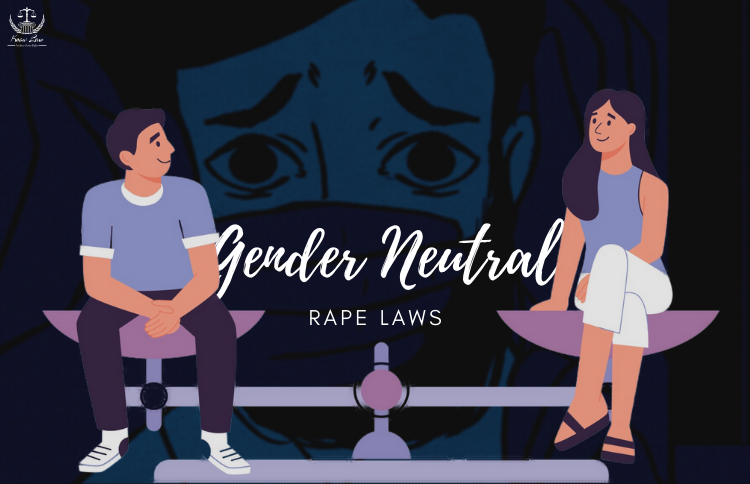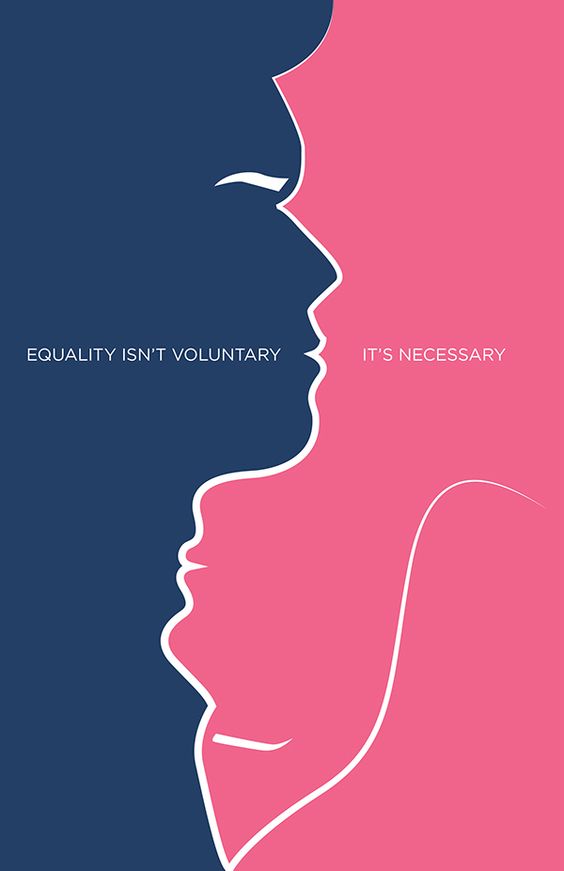
In the era of development in every field of the world, some emphasis needs to be now put on the darker areas of the law and highlight the gender inequality in laws in this modern sphere of time. Is there stoppage in the minds of the community, or does the classic example of the backwardness still stirs in the books of the law which is stopping the laws to change? On resting the common law criminal law, its rational principle revolves around the suffering of any innocent person by breaking the faith and humanity in the person. The purpose of all the argumentation is that what is the need for gender-neutral rape laws in India? Going back to the era, it has always focused on women who are considered as the victim of the crime, and men are always hidden in the space of being a victim.
Who decides the laws that we need to make?
Once we have surrounded the idea of the issues surrounding the lack of gender-neutral laws, we will shift to assessing the need for gender-neutrality in the law. This will be done firstly by reasoning the principle of equality under Article 15 of the Indian Constitution which rules out the state from discrimination between citizens on the grounds of creed, race, caste, sex, and place of birth.

India, in the times of British rule, was mainly a male-dominated patriarchal society, and women were seen as part of society to support men. There is a deep-rooted bias of inequality in areas of social, political, educational, with respect to women, but this ethos changed since women showed their active participation in the freedom struggle imparting equal battle similar to men. When India got freedom, the Constitution was formed in such an advanced way to provide equal rights to both men and women. Various provisions have been enacted in the constitution for women to bring them to par with men, and also to undermine the roots of patriarchal society.
The Articles in the Indian constitution, some of the Sections in the Indian Penal Code, and some other specific legislation are being formulated to uplift the status of women. This legal framework helped in the upgrading of women in the community. Since society shifted towards feminism, which was designed for the progress of every section of society, this concept is being misinterpreted like it is a step for the betterment of only one gender. Due to misinterpretation of this theory of feminism, the legislation made, failed to ratify a practical approach to uplift every section of society. Hence, as a result, definite legislation is made for the protection of women only, but no known legislation for men to protect them against sexual crime.
Highlights of Gender Bias Laws
Indian Penal Code with the Section 375 of IPC, 1860: This section connects the definition of rape starting with the word ‘a man is aforesaid to commit rape has sexual intercourse with a woman’, in consideration of that rape can only be committed by man against woman. This section has been altered many times but still, it has adhered with old thought where the eyes of the victim will always be found on women and the perpetrator will always be men. Earlier, this part of the section considered for rape was only to the act of sexual intercourse but due to the occurrence of several more heinous crimes in the country, it has been altered and its scope has been extended.
In the case of Sakshi v Union of India, the Supreme Court indicated the Law Commission to consider this issue, which resulted in the 172nd Law Commission and they released their report. The report recommended making the rape laws unbiased and suggested changes to the Indian Penal Code, CrPC, Indian Evidence Act, and also the Protection of Children from Sexual Offences Act. This report broadened the scope of constituting an offense of rape by making a clarification that lack of physical support is irrelevant to consider it as a rape.
This report also extended the scope of Section 376 of the Indian Penal Code by including members of the army, relatives, guardian, or any person who will be in an area of trust or if the rape is committed all along with the communal violence and the rape of a woman less than 16 years of age will also come under the boundary of Section 376.
Change in the framing of Laws
Later on, the Criminal Law Amendment Act, 2013 was enacted by Parliament reading the suggestions of the J.S. Verma Committee. But, the recommendation of the committee to make rape laws gender-neutral and to make it which has not been part of the Criminal Law Amendment Act, 2013, making the Act again gender-specific, is only for the protection of the interest of women not of men and transgenders.
Recommendation of J.S. Verma committee report rejected: It was rejected in the parliament because of the notion in the society that females cannot commit the rape of a man and man can never become the victim of rape or any sexual crime in the society. On the contrary, there was a survey conducted which shows the clear out report that out of 28.6% of men who are victims of sexual assault, 54.8% of females were reported as the perpetrator of the crime. Another survey conducted by PUCL Karnataka reported that the transgender community and man can also become a victim of rape.
Conclusion
In this journey of commenting that there is the need for gender-neutrality in Rape/Sexual Assault laws, many presumptions regarding male rape in a society which have been appraised in this dissertation and to reach an inevitable conclusion, that the need for gender-neutrality in rape and sexual assault law in India is not only prompt but is also crucial. Patriarchy may appear to be advantageous to quite a few men. On the surface of it, it might be true, but it affects them quite negatively when seen in the hard reality in the society. We have seen that adverse to popular perception in society, men do not experience sexual assault differently than women. Patriarchy dictates that men have the strength of the instinct to fight back during a sexual assault, however, research demonstrates otherwise.
There is a serious lack of knowledge/education, due to which a serious need has emerged to educate the judicial system as well as the general public about the reality of how sexual impetus can be achieved without conscious consent from any sexual act. Further, the tendency of media to create and maintain stereotypical images of genders and their respective behavior needs to be rewired to reflect social realities. The solution for the recognition of male rape comes first in framing all the existing laws in an account of the gender-neutral language so as to affirm the idea that gender is no longer the cornerstone for determining legal wrongs. Last but not the least, creating laws and training policemen is the maximum of what a government can do, but the real change will come only through the collective will of the people.
Editor’s Note
What does the word ‘rape’ mean? How do we define this heinous crime against humanity? Are only women the victims of this? The author says no. In this article, the author sheds light on the gender-biased rape laws in India and emphasizes a need to legislate gender-neutral rape laws. There exists a notion that rape can be carried out against a woman by a man, and any other idea of rape doesn’t hold true in the eyes of the society, whereas in reality, rape is a deadly crime, regardless of what gender is the victim.